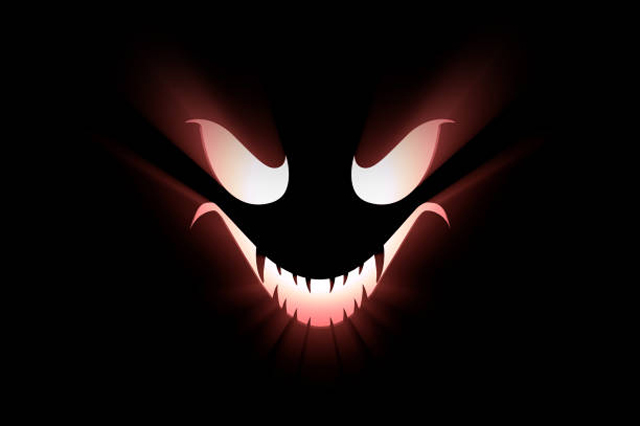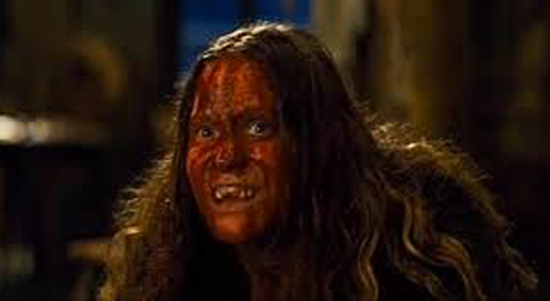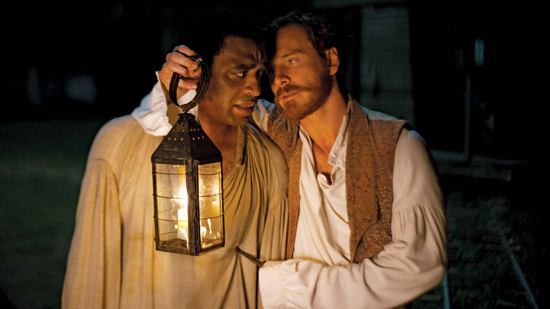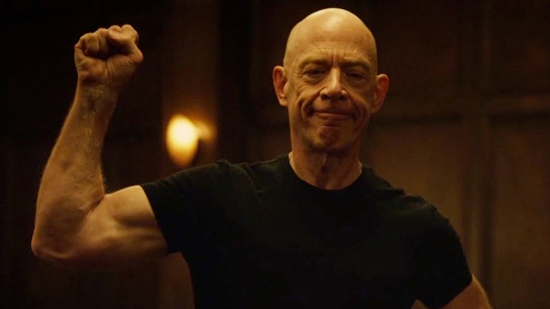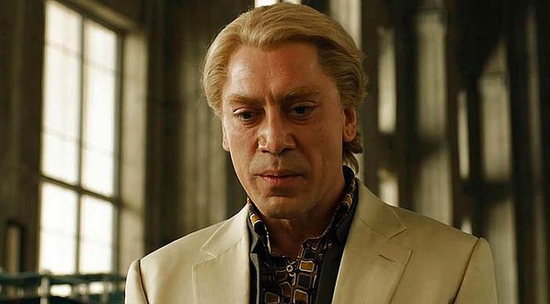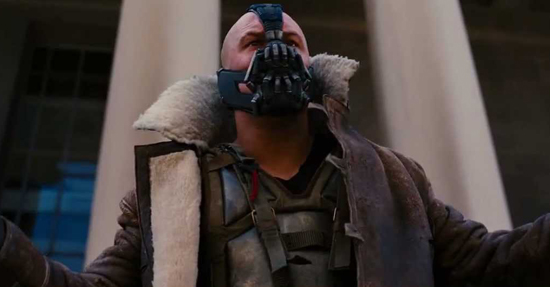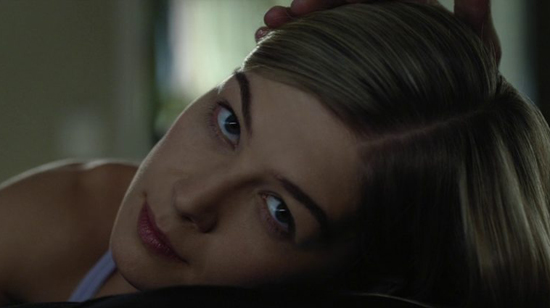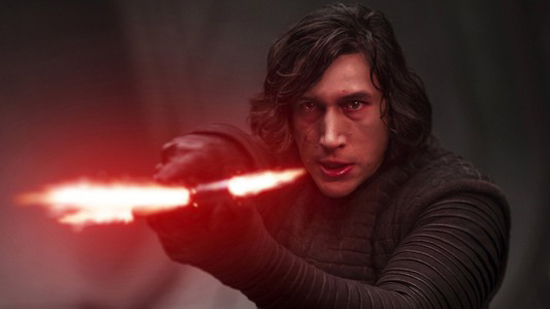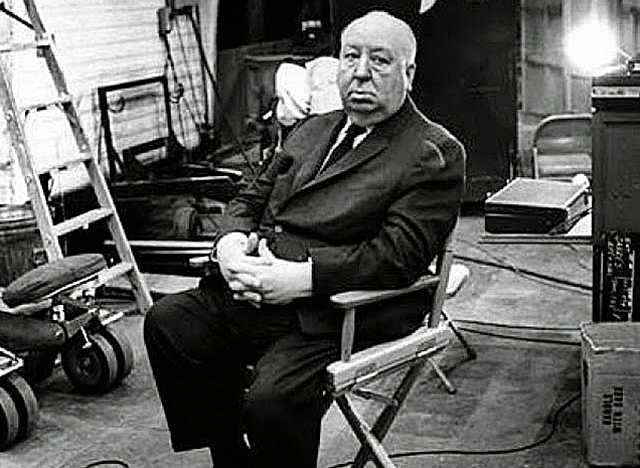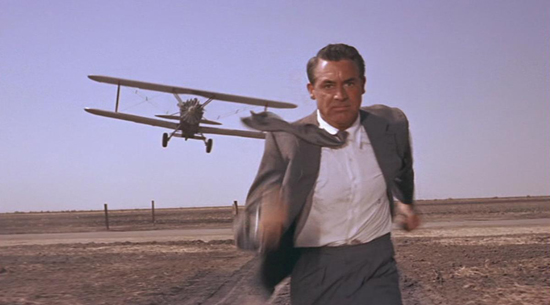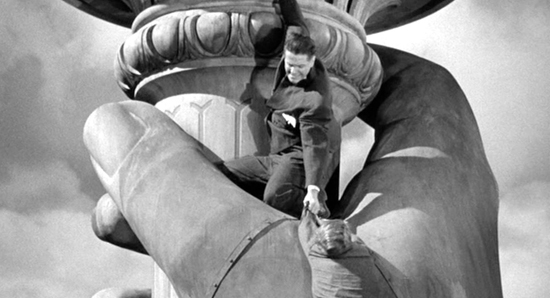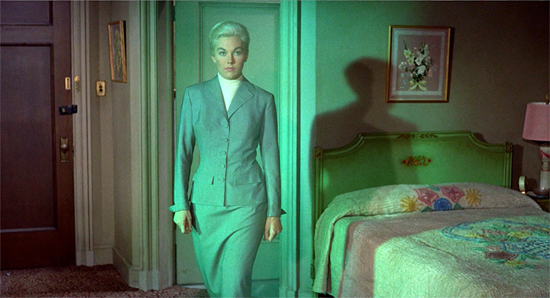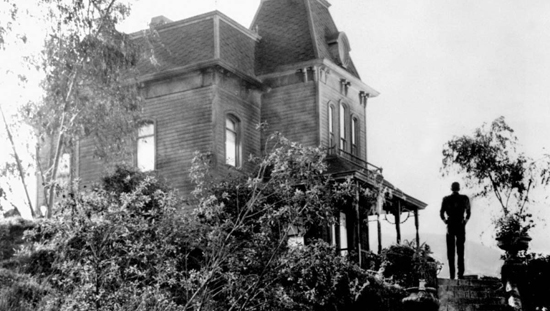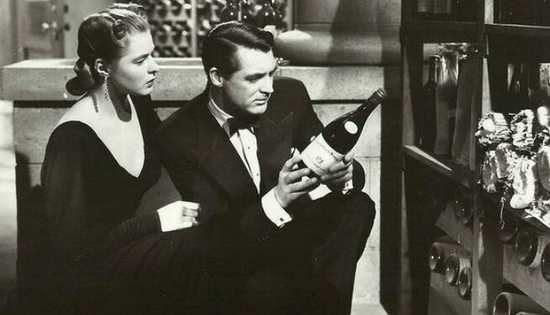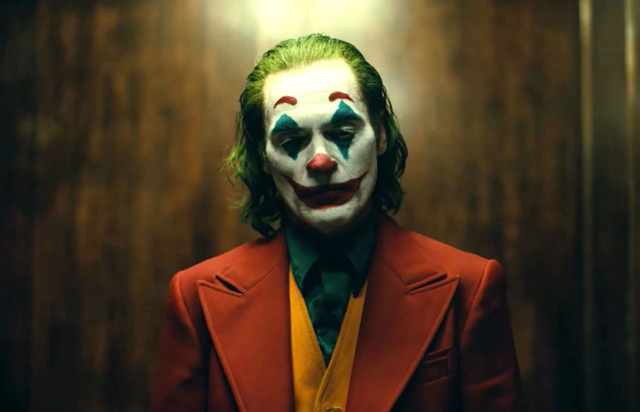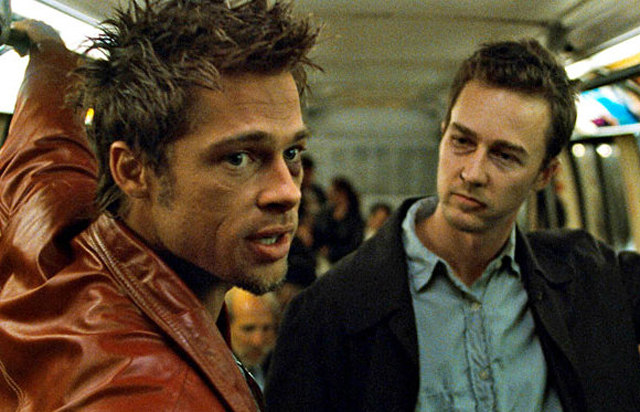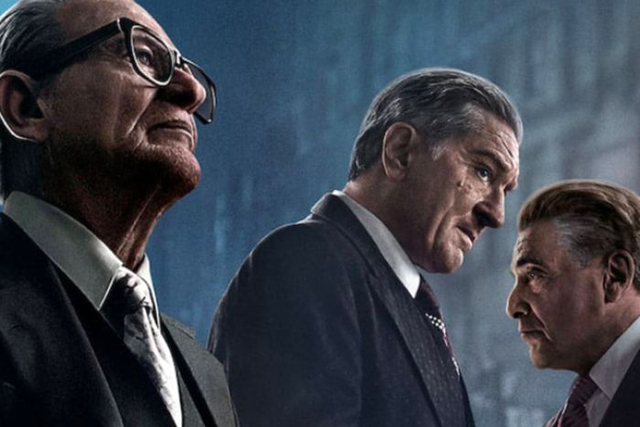
Netflix has made huge in roads over the last couple years to not only be the top dog in streaming content straight to the consumer, but to also be recognized as a legitimate production studio of it’s own. As more and more of the established Hollywood movie studio giants are pulling out of their licensing deals with Netflix in order to launch platforms of their own, Netflix has become more and more reliant on their own exclusive content to help maintain their dominance in the market. It has been a risky and expensive plan for Netflix, with the streaming giant spending billions of dollars already just on production, but it seems to have been working so far. Not only did Netflix meet their new subscriber expectations within the last quarter, it actually surpassed them, which is good news for their bottom line as their toughest competitions are about to launch within the next week and months ahead. A large part of this is the fact that they have put their money behind films and television shows that otherwise would not have found a home in the theatrical market, and in turn it has sparked more interest in the home viewership of Netflix’s audience. Filmmakers with bolder, less mainstream visions who have had their outside the box projects rejected by the mainstream studio system have found Netflix to be a more welcoming environment, as there is less pressure on this platform to submit to box office appeal. That’s why you are seeing so many filmmakers flocking to Netflix, which has benefited the streaming giant greatly. With Netflix benefiting from this influx of top tier talent, their focus lately has been to break through the stigma home entertainment within the industry and be fully acknowledged as a worthy platform for cinema on par with the rest of the business, especially when it comes in awards form. And after being denied last year with Alfonso Cuaron’s Roma (2018) losing out in the Best Picture race, Netflix is more determined than ever to push forward again for that elusive prize.
In walks living legend Martin Scorsese, unarguably one of the greatest filmmakers of all time. Scorsese has been a fixture within the industry for nearly half a century, making some of the greatest movies ever made. So, when he suddenly announces that his next feature, The Irishman, would be a Netflix exclusive production, people are going to take notice. Scorsese has been circling Irishman for a long time, working off and on for the better part of more than a decade. It wasn’t until Netflix stepped in that the project finally found it’s footing, and Scorsese was finally able to see this dream project to completion. Chronicling the life of Frank Sheeran, the notorious mob hitman and bodyguard/confidant of legendary Teamsters union president Jimmy Hoffa, The Irishman bears many similarities to previous mob movies that Scorsese has had his hands on over the years; particularly Goodfellas (1990) and Casino (1995). Given how Scorsese and his longtime collaborators, notably actors Robert DeNiro and Joe Pesci, are all entering old age, this new film project no doubt feels like a swan song for this particular team, and I’m sure that’s what made it so appealing to Netflix. The endeavor, however, was not going to be a quick and easy one. Netflix reportedly spent close to $160 million dollars on this production, which is their most expensive single expenditure to date on a project; and you’ve got to remember, Netflix doesn’t rely on box office profits to earn that money back. This is a bold risk to take for Netflix, but when the trade off is that you are the exclusive home to the last mafia movie made by the master of that genre, it may be the best possible decision in the long run. No doubt Scorsese agreed to the deal because he knew that Netflix would allow him to make the movie that he wanted to make, without the interference that he normally would’ve received from a major studio. The only question is, does The Irishman manage to live up to the incredible legacy of the master director’s previous work and was it worthwhile for Netflix to make a such a move in the first place.
It should be noted that though the movie features true events and real life historical figures, it is at the same time a work of speculative fiction. The real life Frank Sheeran (played by Robert DeNiro in the film) went to his grave having never spoken out about his true involvement in the death and disappearance of Jimmy Hoffa (Al Pacino). The movie is framed through an imagined confession from Sheeran as he addresses the audience directly from the comforts of his retirement home; telling the story his way, which he was never able to do in real life. The movie does chronicle the things that we do know are true about Sheeran, and uses his point of view as a way of dramatizing the stuff we don’t quite know for sure in a belivable way. We learn how he got involved with the Mafia in the first place, after a chance encounter with a well connected member named Russell Bufalino (Joe Pesci) puts him in their good graces. After helping them with a few scams, Frank is given a new assignment by the local don, Angelo Bruno (Harvey Keitel), to take advantage of his other set of skills; cold-blooded murder. Pretty soon, Frank earns the reputation as the most reliable hitman in the mafia. After a while, Frank’s old friend Russell hooks up another job for him; a gig working as the bodyguard for their associate, Jimmy Hoffa, the most powerful union boss in America. Sheeran accepts and over time he and Hoffa form a close bond. Sheeran remains by Hoffa’s side over the course of many historical events and through some very turbulent rivalries as well, including with then Attorney General Robert F. Kennedy (Jack Huston). But a dispute over union leadership with another mafia connected rival named Anthony “ton Pro” Provenzano (Stephen Graham) suddenly puts Hoffa in conflict with the Mafia dons, who are worried that the temperamental politico will turn “rat” and sell them out to the government. As a result, Sheeran becomes torn between the two alliances that have meant so much to him and made him who he is. Does he betray a friend to appease the powers that put him where he is, or does he stand up against the might of the American Mafia?
The Irishman, like all Netflix productions, is intended to be available to stream exclusively on their platform. However, in order to qualify for the Awards contention, it must screen for a minimum of three weeks in theaters within the crucial media centers of Los Angeles and New York City. So, Netflix agreed to a limited theatrical run for The Irishman in anticipation of it’s late November release on it’s channel in order to meet that crucial awards criteria, as well as a limited nationwide roll-out. Even still, major chains have refused to screen the film, objecting to Netflix’s small window before it’s streaming debut, so most markets will not be able to have the movie available on the big screen. Thankfully, I live in one of those key markets that does have the movie available to watch on the big screen. In fact, I was able to watch the movie in the first ever theater owned outright by Netflix themselves; the legendary Grauman’s Egyptian Theater in the heart of Hollywood. Seeing any movie in a theater as legendary, and nearly 100 year old, as the Egyptian is a treat, but seeing one as exclusive as Netflix’s own Scorsese feature is even more appetizing. And I can tell you that this is a movie that absolutely must be seen on a big screen while you still can; if you can. Scorsese is a filmmaker at the absolute peak of his craft, and every time he steps behind the camera, you know that you’re going to see something special. After taking on two wildly different projects in the last decade with The Wolf of Wall Street (2013) and Silence (2016), it’s interesting to see him return to familiar ground with The Irishman, which feels like the continuation of his previous work. In a strange way, The Irishman almost feels like the finale of a trilogy, working as a spiritual successor to both Goodfellas and Casino; probably because of the presence of DeNiro and Pesci. And as far as trilogy cappers go, this is definitely Scorsese’s Return of the King, because everything we love about those other mafia movies is taken to their absolute zenith with The Irishman.
If you’re a fan of Scorsese’s other mafia movies, you’ll find a lot to love with The Irishman. The movie carries over the same dark sense of humor, the same shocking bursts of violence, and the same uncompromising portrayals of humanity found in those other films. Scorsese is definitely in familiar territory here, but at the same time, he’s not just resting on his laurels. He spends the movie’s very lengthy run time building up a spectacular narrative that takes us deep into this world, with a great amount of care devoted to making us care about these characters. All the while, Scorsese digs into all the tricks he’s learned over his long career and even surprises us with a few new ones he’s picked up along the way. One of them includes some of the most beautifully shot slow motion that I’ve ever seen used in a movie; which is a technique that he picked up recently from Wolf of Wall Street. I should also note just how beautifully edited this movie is; a testament to the artistry that Socrsese’s longtime collaborator, editor Thelma Schoonmaker, brings to every movie that she works with him on. Here, she goes above and beyond and each scene movies so gracefully from one shot to the next that it shows just how amazing she is at what she does. These two legends have made so many classic films together, and The Irishman just brings out the best in both of them. Cinematographer Rodrigo Prieto, working with Scorsese for the third straight time, also delivers some beautiful shots in this movie as well, picking up the mantle left by previous Scorsese cameramen like Michael Ballhaus and Robert Richardson perfectly. It’s his work in particular that I’m worried might lose it’s impact through streaming at home, as it demands a bigger screen to be fully appreciated.
What I’m sure most people are going to respond to the most with this movie is the all star cast, which almost reads like a list of the Martin Scorsese All-Stars. In particular, Robert DeNiro and Joe Pesci sharing the screen once again is going to be one of the most talked about stories about this film for a long time. Though Scorsese had no problem securing the still very active DeNiro into the role of Frank Sheeran, continuing their decades long partnership, he apparently had to do a lot of coaxing in order to get Pesci to say yes. Joe Pesci has been fully retired for several years, and was very reluctant to step back in front of a camera again. But, eventually he agreed to the offer, probably after Scorsese promised that this was going to be their final go around together, and it’s a blessing to see Pesci back in form in this movie. Many of the movie’s best scenes are the ones shared by DeNiro and Pesci, as you can feel their long standing, real life friendship coming through in their performances. Pesci in particular is a revelation here, as he is far more subdued than his past characters in Scorsese’s flicks. Some viewers may be startled at first by the movie’s usage of the de-aging CGI effect to make both Pesci and DeNiro look younger in flashback scenes, but after a while you get used to them and the actors’ performances shine through. The movie also features a stellar ensemble cast as well. Fans of the HBO series Boardwalk Empire will be happy to note to that many of that show’s cast, including Bobby Canavale and Stephen Graham to name a few, litter the film throughout. But, if the movie had an MVP, it would be Al Pacino in the role of Jimmy Hoffa. Surprisingly marking his debut in a Scorsese directed film, Pacino is fully unleashed in this movie, delivering a delightfully scene-chewing performance as the controversial figure. If anything, Pacino will be this movie’s best shot at securing an Oscar come awards time next year. Given the movie’s already top tier cast, it’s amazing just how much Pacino commands every scene he has in the film, and it’s any wonder why it took this long for him and Scorsese to finally cross paths.
For the most part, the movie uses it’s run time effectively. The Irishman is long, even for a Scorsese movie, running at a staggering 209 minutes (or nearly three and a half hours). But it doesn’t waste it’s epic length, devoting much of it’s run time to a rapid fire pace. Even still, I would say that the movie’s one and only fault is the fact that when it enters it’s epilogue like final stretch, it does take it’s foot off the gas and slows to a crawl. I notice that it happens pretty much after (SPOILER) Jimmy Hoffa is taken out of the picture. While the movie doesn’t crash and burn afterwards, it is a bit disappointing that the final 30 minutes of the movie doesn’t have the same energy as the previous 3 hours. Indeed the first 3/4 of the movie is some of the best time I have spent watching a movie in the theater this year. The movie was this beautiful mixture of humor, shocking turns, and edge of your seat tension, so I was a little saddened to see the final stretch feel like such a slog. It doesn’t ruin the movie, but it also feels like a missed opportunity. More could have been made of the strained relationship between Frank Sheeran and his daughter Peggy (played by Anna Paquin), but the movie only gives it a passing glance. Perhaps it’s comparison that I make with Goodfellas and Casino that reflects badly on this film, because those movies ended on more critical notes. The Irishman instead ends in a more contemplative tone, which may be truer to the character of Frank Sheeran, but it feels in conflict with the rest of the movie we had seen up to that point. Even still, the movie, for as long as it is, is still a thoroughly engaging cinematic experience that represents everything we love about Scorsese and more.
It will be interesting to see where The Irishman‘s place will fall within the legacy of Martin Scorsese as a filmmaker. I for one believe that it stands shoulder to shoulder with his now decades old mafia classics, and indeed the trilogy analogy does feel apt. I can see this working as a the finale of a Scorsese triple feature with Goodfellas and Casino, since they are all very similar in tone and execution. I for one am just amazed that even into his late 70’s that Scorsese still has a movie like this in him, and that he could execute it so effectively without losing a beat. No doubt the free reign that Netflix gave him enabled him to make this movie the way he wanted to make it, and it just shows how great a filmmaker he continues to be as he makes good on that trust. If anything, this movie is worth seeing just as the marking of an end of an era. We may never see Scorsese create a Mafia movie ever again, and certainly not with all these same actors. And if this is truly the end for this kind of movie, then it’s a very fitting end. It’s certainly a treat to see that we got one more out of these guys, and that’s something that we should both cherish and praise Netflix for making it happen. If anything, this has been the thing that really makes Netflix deserve a place in the pantheon of top Hollywood studios. They are granting filmmakers the chance to experiment and work on projects that appeal to them personally, and by putting it out on their platform, it gives each of those projects the best chance of finding an audience. I don’t know how The Irishman might have performed if given a traditional release, but there’s no doubt that it’s place within the legacy of the director is going to be one of high esteem. If it’s playing on a big screen in your area, please take advantage and see it that way first. But if not, then please show your support when it starts streaming on Netflix starting on November 27. Either way you watch it, this will be a movie in the collective conversation for a long time, and proof that the future of film-making will indeed by influenced by the likes of Netflix and other streaming platforms. It may be a turbulent change, but at least great movies like The Irishman are the result of it.
Rating: 9/10

